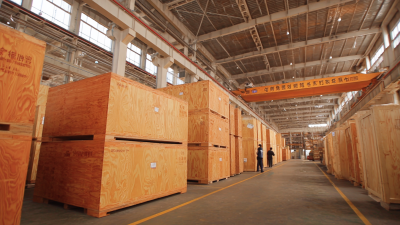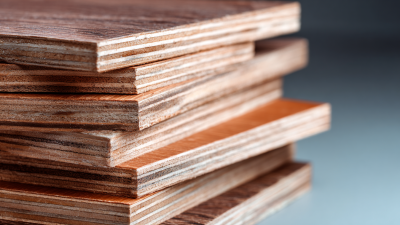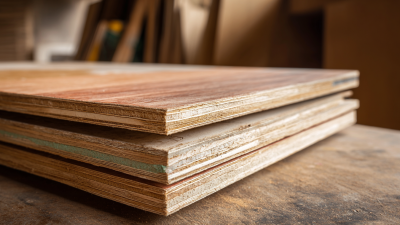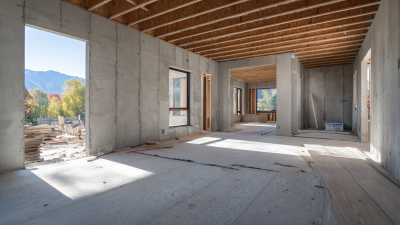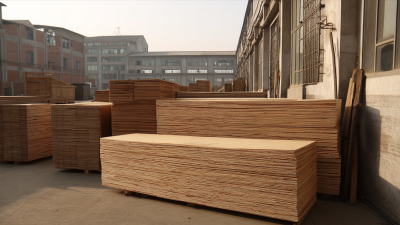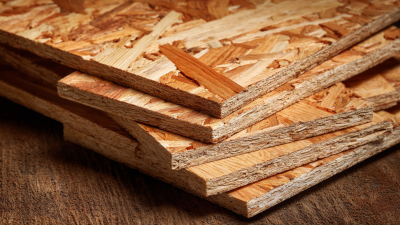Waterproof Plywood is a vital material in construction, especially for projects that demand durability against moisture exposure. According to a report from the Global Market Insights, the plywood market is projected to surpass $80 billion by 2026, driven largely by the increasing adoption of waterproof variants in residential and commercial applications. With rising awareness of environmental factors and the need for sustainable building materials, selecting the right type of waterproof plywood can significantly impact the longevity and resilience of structures. Additionally, the American Plywood Association highlights that high-quality waterproof plywood can enhance structural integrity while minimizing maintenance costs over time.
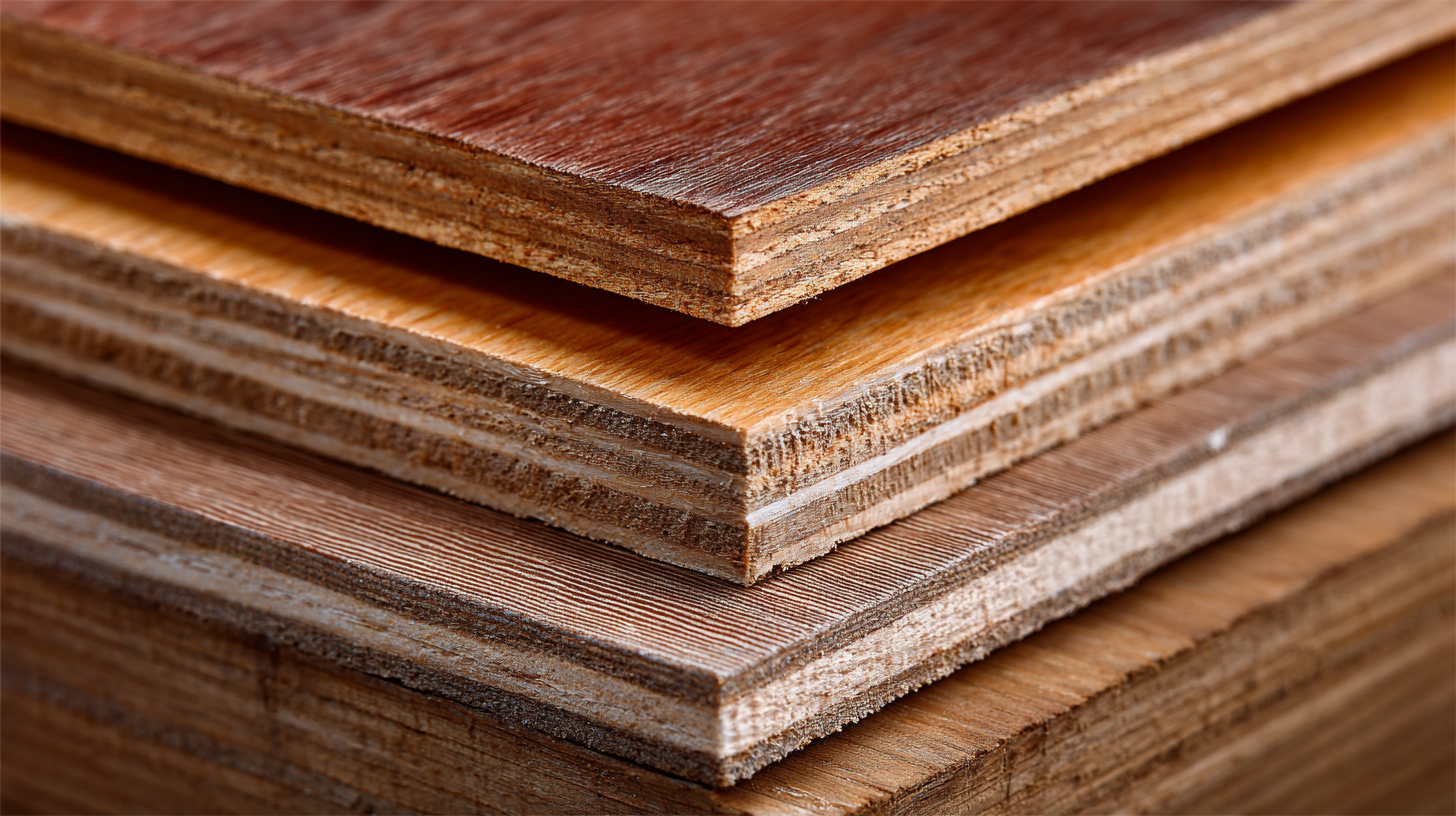
Understanding the various grades, treatments, and specifications will enable builders and architects to make informed decisions that align with both performance expectations and budget constraints. Thus, this guide aims to navigate through the complexities of choosing the right Waterproof Plywood for your construction project.
When embarking on a construction project where moisture resistance is crucial, understanding the various types of waterproof plywood is essential. There are primarily three kinds of waterproof plywood: Marine Plywood, Exterior Plywood, and Treatment Plywood. Marine plywood is the highest quality and specifically designed to withstand prolonged exposure to water, making it ideal for boat building and docks. Exterior plywood, while not as resistant as marine plywood, is still suitable for outdoor uses and can handle some moisture when properly sealed. Treatment plywood, on the other hand, is chemically treated to resist water and is often used for more cost-effective projects.
**Tips:** When selecting waterproof plywood, consider the specific needs of your project. For structures that will frequently be in contact with water, always opt for marine plywood. Additionally, ensure the plywood is sealed properly, as this can significantly extend its lifespan in damp conditions. Lastly, check for certifications or manufacturer specifications to confirm the level of waterproofing claimed by the product, ensuring it meets your project's requirements.
| Type of Waterproof Plywood | Usage | Water Resistance Rating | Typical Thickness | Cost per Sheet |
|---|---|---|---|---|
| Marine Plywood | Boat construction, outdoor furniture | Excellent | 6mm to 25mm | $50 - $100 |
| Phenolic Plywood | Construction, external cladding | High | 9mm to 18mm | $40 - $80 |
| Exterior-Grade Plywood | Sheds, outdoor structures | Good | 12mm to 19mm | $25 - $60 |
| Bamboo Plywood | Interior applications, decorative uses | Moderate | 4mm to 18mm | $30 - $70 |
| Laminated Veneer Lumber (LVL) | Framing, beams | High | 15mm to 45mm | $75 - $150 |
When selecting waterproof plywood for construction projects, understanding waterproof ratings and standards is crucial. Plywood manufacturers typically adhere to the American Plywood Association (APA) standards, which classify plywood into various grades based on their exposure durability. For instance, plywood rated as "Water Resistant" is suitable for situations where it will be exposed to moisture but is not continuously submerged, while "Marine Grade" plywood is designed for severe environments, including boats and coastal areas.
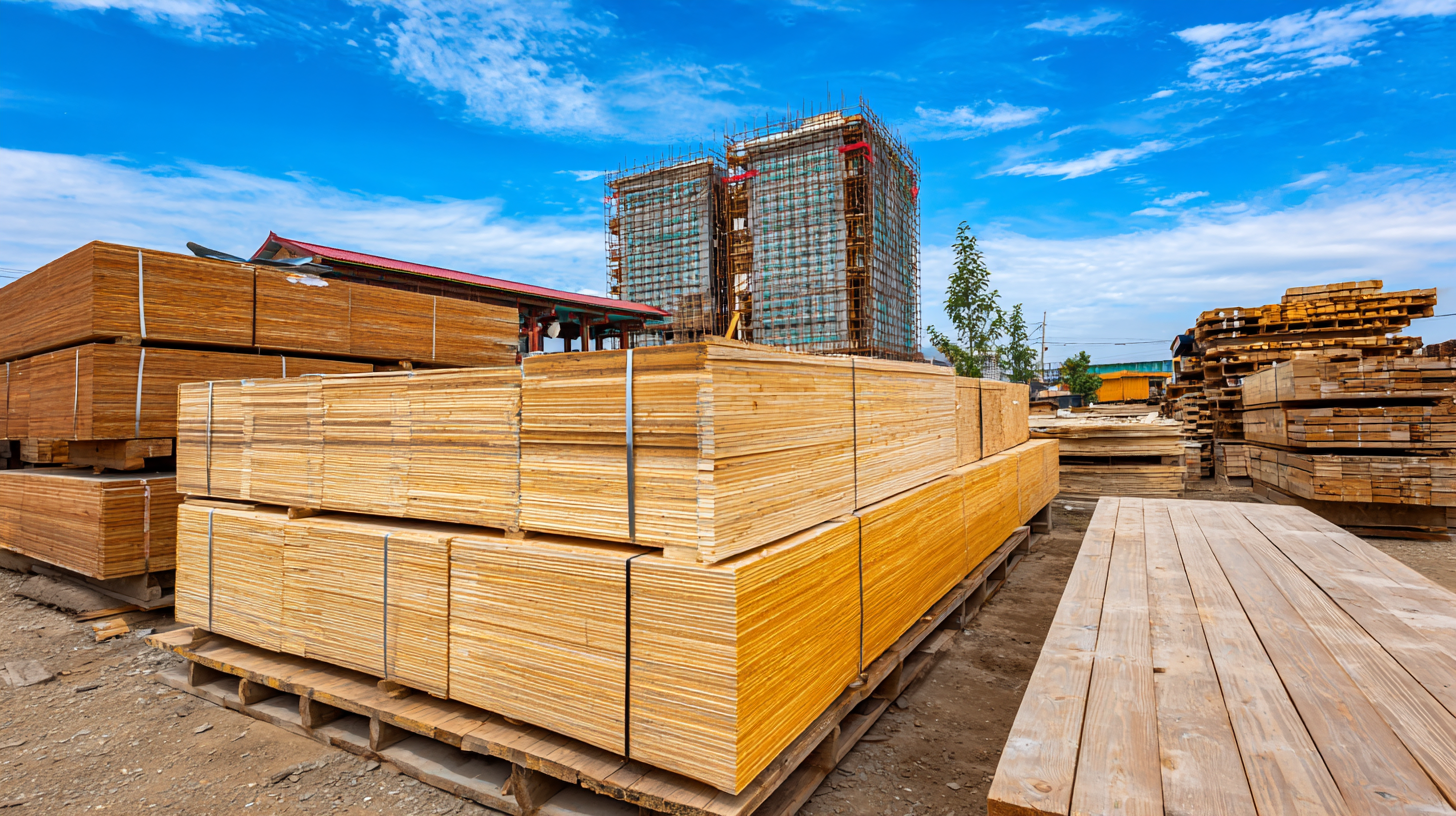
According to the APA, marine-grade plywood can withstand extreme conditions due to its superior adhesive quality and water resistance.
Furthermore, specific waterproof ratings can be assessed through the ASTM D198 standard, which evaluates the performance
of structural plywood. This standard dictates the minimum requirements for moisture resistance,
thus enabling builders to select products that will perform reliably in high-moisture environments. It's noteworthy that plywood with a
BS 1088 certification meets British standards and is recognized for its exceptional waterproof properties.
In regions where moisture exposure is inevitable, builders should prioritize plywood with these recognized certifications to ensure
durability and longevity in their construction projects.
When considering the cost-effectiveness of waterproof plywood for construction projects, it is essential to analyze both its initial investment and long-term benefits. According to industry reports, the global construction market is projected to grow significantly, highlighting the increasing demand for durable materials. Waterproof plywood offers superior resistance to moisture and decay, which can substantially reduce maintenance costs over time. Notably, the waterproof plywood market is expected to expand, reflecting a growing awareness of the importance of quality materials in construction, especially in areas prone to dampness.
Moreover, with the expected growth of the encoded steel market, anticipated to reach $4.41 billion by 2033, the demand for reliable building materials like waterproof plywood is likely to increase. The versatility of waterproof plywood in both new installations and retrofitting projects makes it a valuable choice for various applications, including indoor and outdoor environments. By investing in waterproof plywood, construction projects not only gain immediate structural benefits but also contribute to long-term sustainability and efficiency, aligning with the trajectory of global construction trends that emphasize quality and durability.
When selecting waterproof plywood for your construction project, several key factors play a crucial role in determining its durability. Firstly, the quality of the wood itself is paramount. Marine-grade plywood, made from higher-grade veneers, offers superior resistance to moisture and impacts. It's essential to ensure that the wood is devoid of defects such as knots, which can compromise its structural integrity over time.
Additionally, the type of adhesive used in the plywood is a significant consideration. Waterproof plywood should be bonded with exterior-grade adhesives that resist delamination when exposed to moisture. Phenolic and MR (Moisture Resistant) adhesives are often recommended for their durability in humid environments.
Furthermore, understanding the finish and treatment applied to the plywood can enhance its water resistance; a well-finished surface can prevent water infiltration, prolonging the lifespan of your investment in high-moisture conditions. By focusing on these factors, you can ensure that your selection of waterproof plywood stands the test of time.
When selecting waterproof plywood for construction projects, environmental considerations play a crucial role in ensuring sustainability. The production of plywood can significantly impact local ecosystems, especially if sourced unsustainably. It's essential to look for plywood certified by recognized standards such as the Forest Stewardship Council (FSC) or the Sustainable Forestry Initiative (SFI). These certifications guarantee that the wood is harvested from responsibly managed forests, minimizing deforestation and promoting biodiversity.
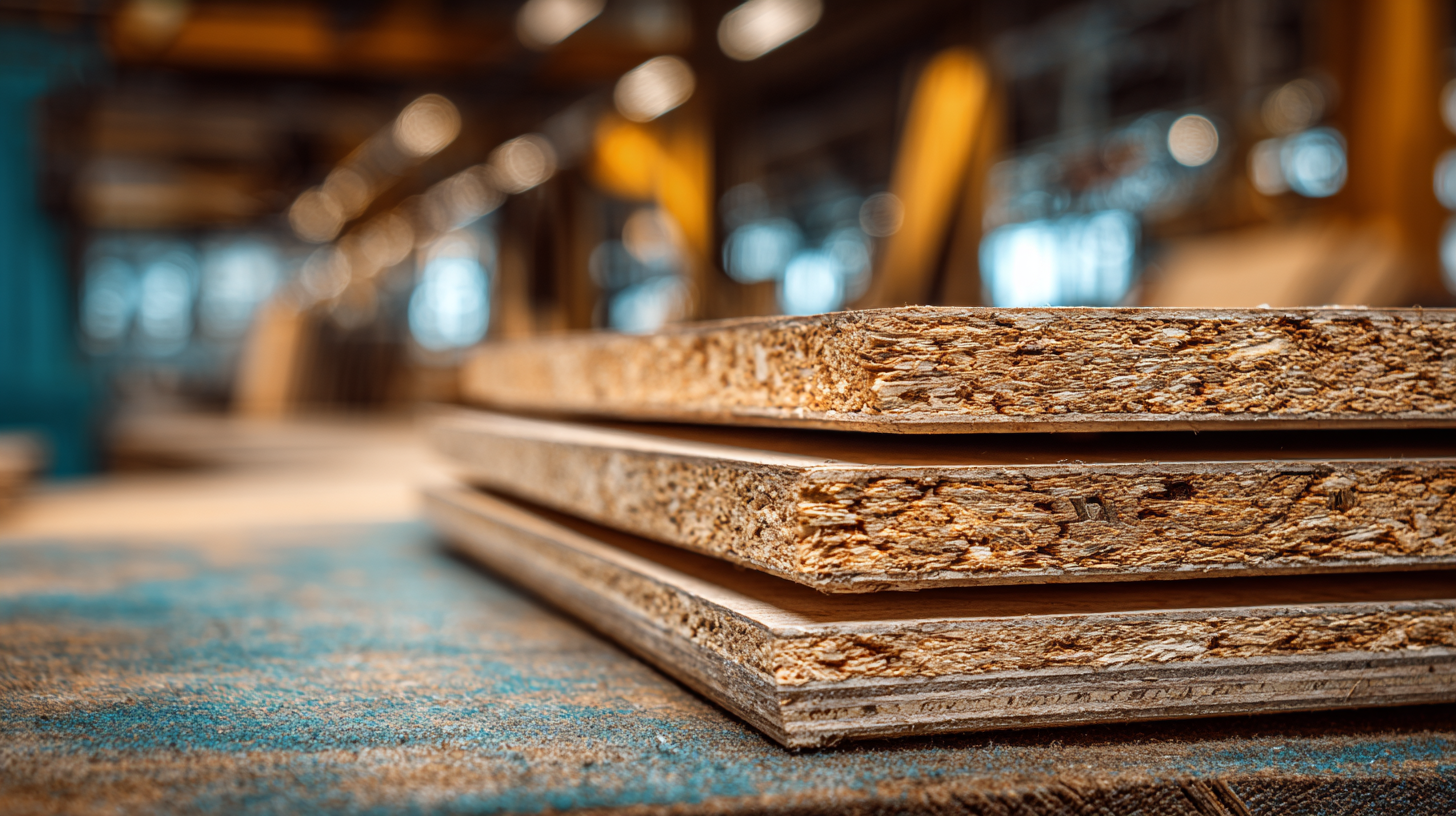 Additionally, understanding the adhesives used in the plywood can further inform eco-friendly choices. Traditional plywood may use formaldehyde-based adhesives that release harmful volatile organic compounds (VOCs) into the environment. Opting for low-VOC or no-VOC adhesives not only benefits indoor air quality but also aligns with greener building practices. Overall, prioritizing environmentally responsible materials will contribute to a healthier planet while still meeting the waterproof performance needs of your construction project.
Additionally, understanding the adhesives used in the plywood can further inform eco-friendly choices. Traditional plywood may use formaldehyde-based adhesives that release harmful volatile organic compounds (VOCs) into the environment. Opting for low-VOC or no-VOC adhesives not only benefits indoor air quality but also aligns with greener building practices. Overall, prioritizing environmentally responsible materials will contribute to a healthier planet while still meeting the waterproof performance needs of your construction project.
